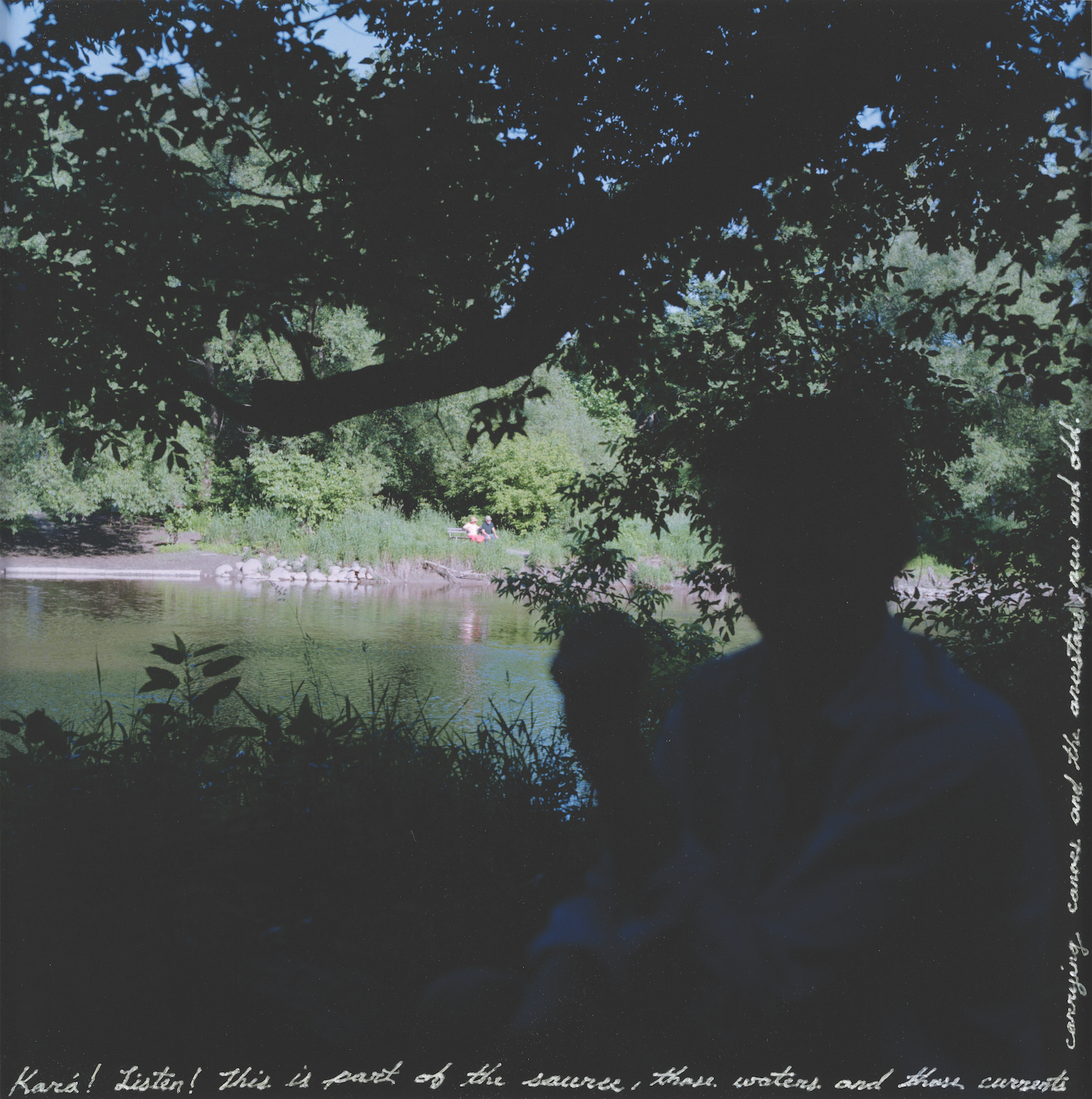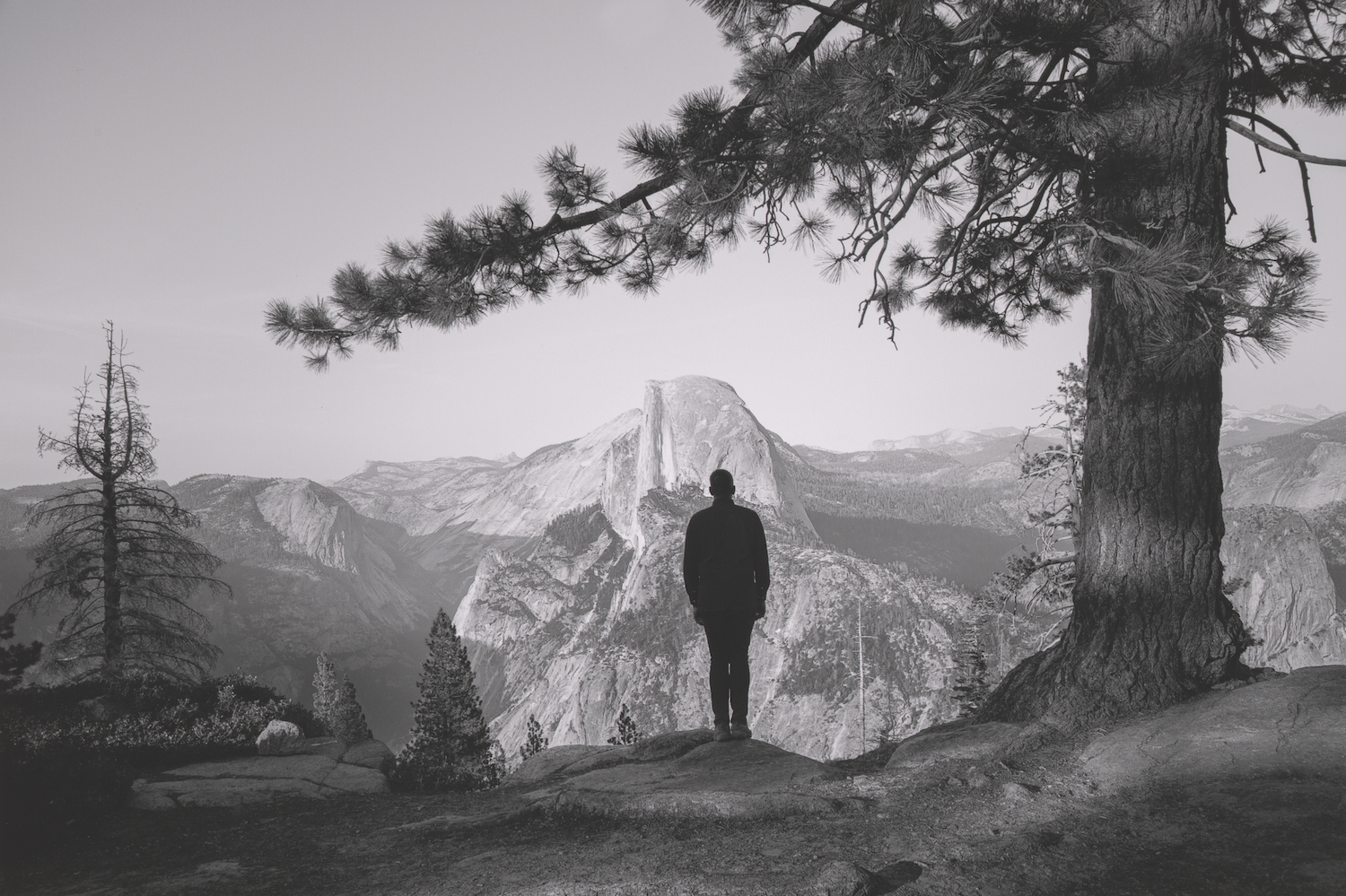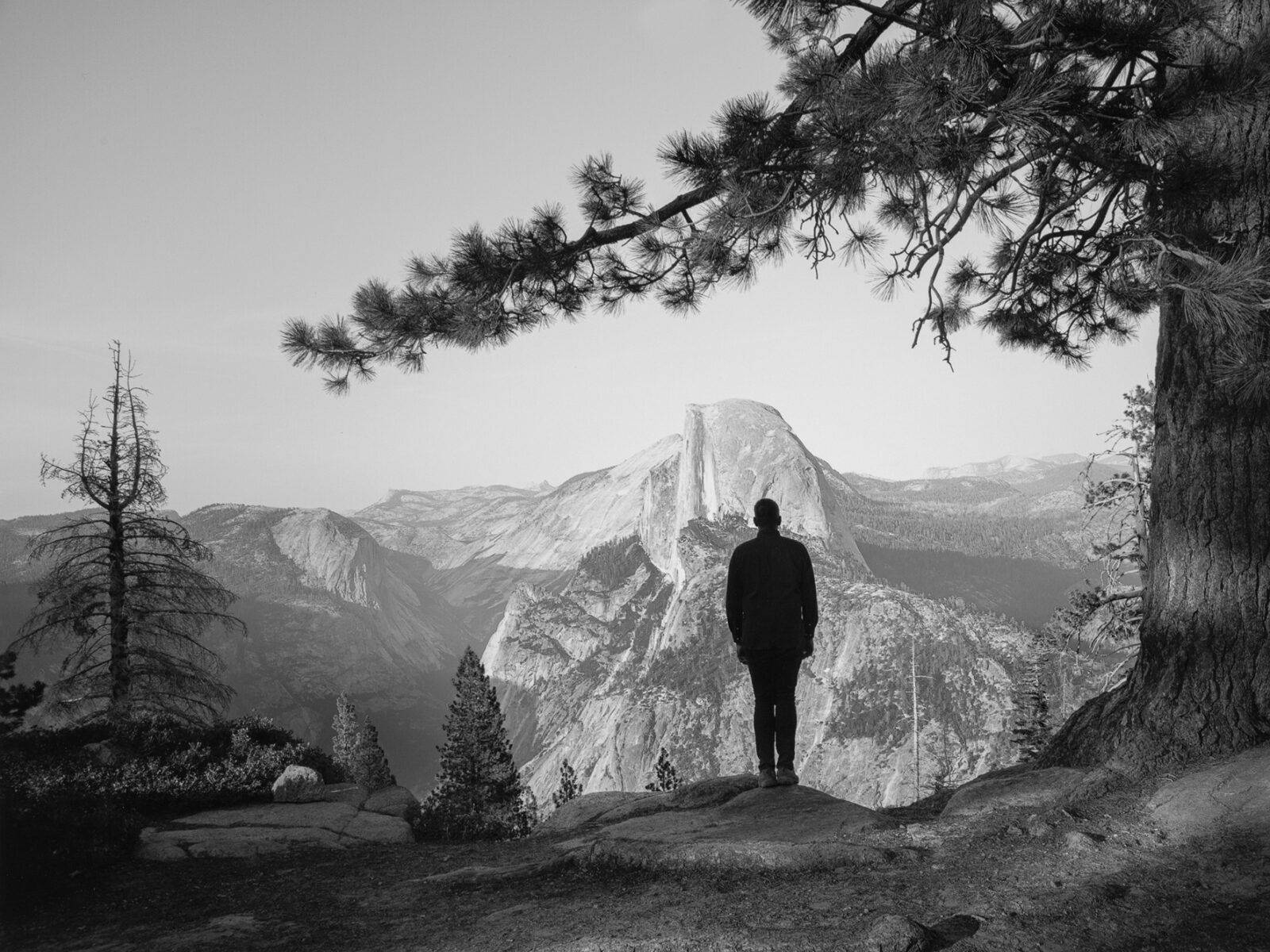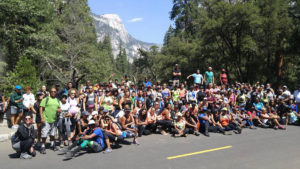A major exhibition at San Francisco Museum of Modern Art, Sea Change: Photographs from the Collection, brings together more than 150 years of photography and approximately 200 works from the museum’s permanent collection to explore how artists document social, political, and environmental change. The exhibition is organized around thematic galleries—such as Something Happened, Being and Belonging at Yosemite, and Looking Forward—but the entanglement of these different arenas creates a throughline. Landscapes are shown to be secret repositories of history, and places to contest exclusion, forgetting, and destruction. The exhibition opened in September and runs through March 17, 2024.

Kará! Listen! This is part of the source, these waters and these currents carrying canoes and the ancestors, new and old (Sky Hopinka)
Like Chatman’s photograph, the above image by Sky Hopinka (Ho-Chunk Nation/Pechanga Band of Luiseño Indians in Southern California) is allegorical and open to interpretation. The words “Kará! Listen! This is part of the source, these waters and these currents carrying canoes and the ancestors, new and old” are etched onto the photograph. Hopinka’s photograph is a reminder that all places in the United States, where his series was made, are sites of Indigenous histories and futures, even if obscured or forgotten by many.

Self Portrait, Yosemite (Johnnie Chatman)
Like the painting in Aramasa’s photograph, Johnnie Chatman, a Black man, inserts himself into his depictions of Yosemite. Taken from his i forgot where we were series, which pictures Chatman in iconic landscapes throughout the American West, he is concerned with looking at “how Black history has been left out and finding ways to reintroduce those stories.” At the turn of the 20th century, for example, all-black Army regiments, known as Buffalo Soldiers, were stationed at Yosemite to care for the site and build infrastructure. With his personal intervention into the landscape, Chatman moves away from documentary depiction of land and into the realm of allegory.

Topaz Relocation Camp, Utah (Taku Aramasa)
In a 1996 photograph, Japanese artist Taku Aramasa tries to reveal the secrets hiding in the desert of western Utah. Amid a scene of dry high desert brush and cracked earth, Aramasa placed and photographed a painting of the now defunct Topaz War Relocation Center, by a former inmate. The painting pictures dozens of barracks, fences, and guard towers from the World War II prison for Japanese Americans, largely those from the San Francisco Bay Area. As with many Second World War internment camps, much of the evidence of Topaz has been removed from the landscape, and it is the role of the artist to recover it. The juxtaposition between the prisoner’s memory and the present-day site is its own kind of memorialization.


